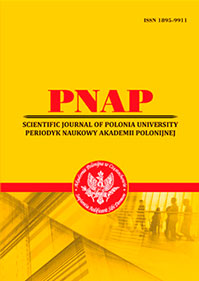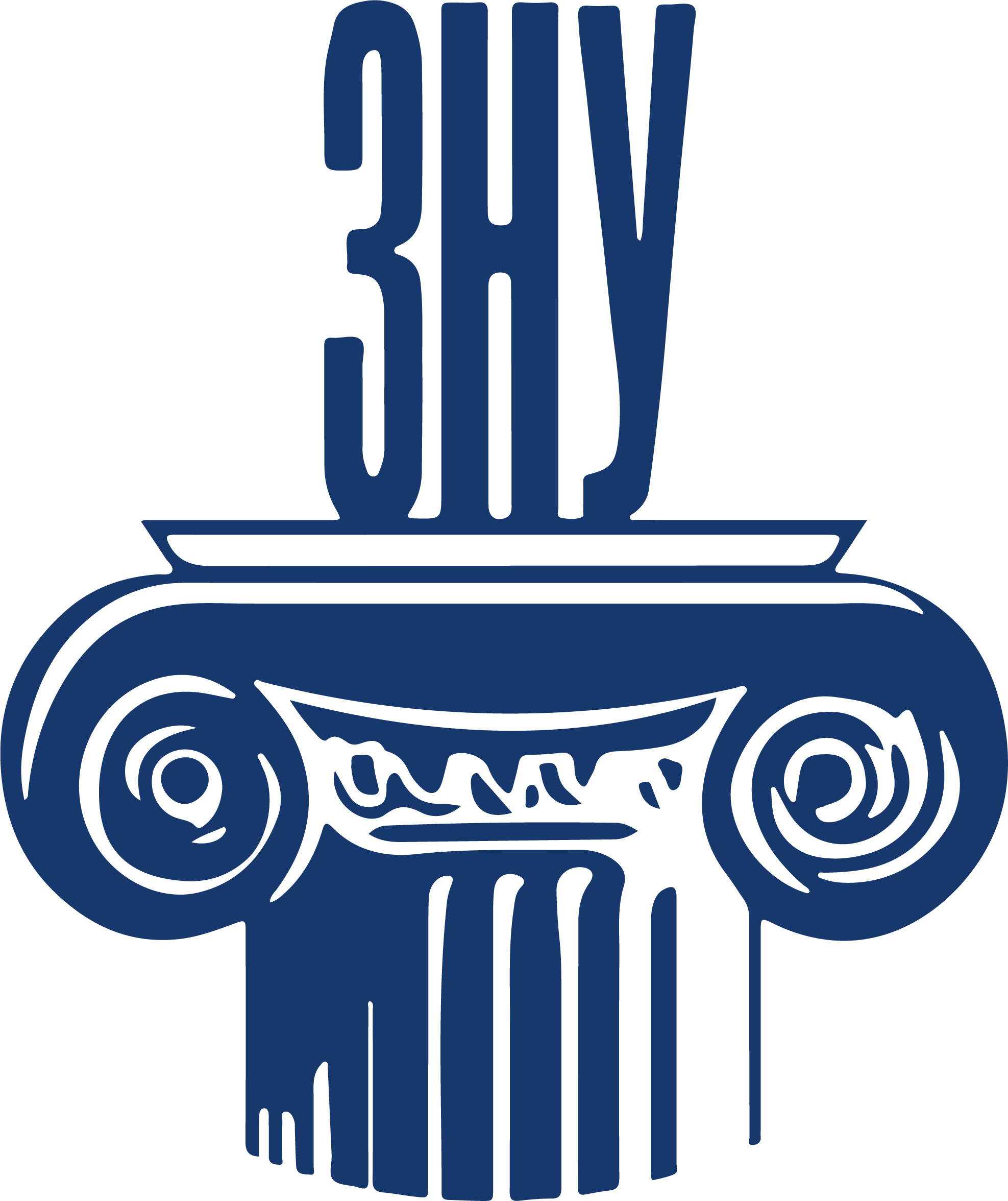WOMEN’S DREAMS OF THE SECOND HALF OF THE 1930S: A SEMANTICAL ASPECT (BASED ON B. KELLERMANN’S NOVEL “DAS BLAUE BAND”)
Abstract
This article considers the semantics of a woman’s dreams of the second half of the 1930s. It is known that the Western European woman of the analyzed period was evaluated according through the prism of male vision to both traditional (wife, mother, mistress) and new (member of society, active public figure) parameters. Attention is drawn to the fact that the dreams of wife, mother, mistress, member of society are diverse in content and meaning. A dream is here as a mental construct of the near or distant future, based on spiritual experience, desires and needs of man. The relevance of the proposed research is due to the general tendency of modern linguistic research to consider the semantics of language units through the prism of mental processes, which allows us to answer the question “how” and “why by such means” direct and figurative nominations objectify knowledge of a dream. The importance of choosing the subject of study is explained by the fragmentary nature of special works on the phenomenon. The study is based on the German-language “technical” novel by the famous German realist writer B. Kellermann “Das Blaue Band”. The prototype of the novel was the historical fact of the death of the ship “Titanic”. The dreams of American and European women and partly European men have been reconstructed. American women and European men represent the highest stratum of the population – the aristocracy; European women belong to the “quasi-aristocracy”. It was found that the transition from commoner to young lady is realized in two ways: antisocial and cultural. The antisocial path is typical for a Frenchwoman, the cultural – for an Austrian. The antisocial path focuses on spirituality, the cultural – on spirituality, respectively. It is established that dreams correlate with the socio-psychological portrait, nationality, values of a particular country, the emotional sphere of the individual, the locus. Several classifications of dreams are proposed, including genetic, social, cognitive, motivational, semantic, qualitative, quantitative, modal, productive, thematic, lexical and semantic.
References
2. Карпова К. С. Лексичні особливості американської моделі успіху як ключового сегменту концепту АМЕРИКАНСЬКА МРІЯ. Сучасні дослідження з іноземної філології. 2006. Вип. 4. С. 392–399.
3. Новий тлумачний словник української мови у трьох томах / уклад. В. Яременко, О. Сліпушко. Київ : Аконіт, 2003. Т. 2: К–П. 928 с.
4. Сосюра В. Червона зима. Київ : Веселка, 1985. 271 с.
5. Тресиддер Дж. Словарь символов / Пер. с англ. С. Палько. Москва : ФАИР-ПРЕСС, 2001. 448 с.
6. Шадських Ю. Г., Піча В. М. Психологія: Короткий навчальний словник: терміни і поняття. Львів : «Магнолія 2006», 2008. 276 с.
7. Що таке мрія – як правильно вибирати мрію, чому люди її зраджують: корисні книги. URL: https://publish.com.ua (дата звернення: 25.03.2022).
8. Kellermann B. Das Blaue Band. Moskau : TSITADEL, 2001. 352 S.
9. Lierheimer B. Manchmal sehe ich die Sterne. Kherson : Ailant, 2008. 76 S.
10. WAHRIG. Wörterbuch der deutschen Sprache. München : dtv, 2012. 1152 S.
 ISSN
ISSN 


.png)



